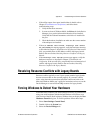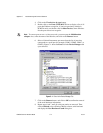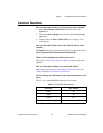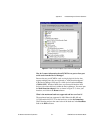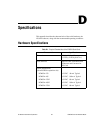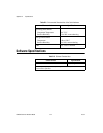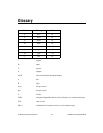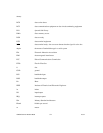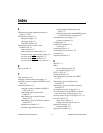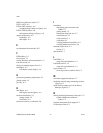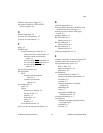Index
PCMCIA Serial for Windows Me/9x I-2 ni.com
DOS-based addresses (table), C-5
DTE vs. DCE, A-5
DTE-to-DCE interface, A-6
straight-through cabling in (figure), A-6
DTE-to-DTE interface, A-6
null-modem cabling in (figure), A-6
duplex architectures, A-3
full duplex, A-3
half duplex, A-4
E
environmental characteristics, D-2
F
FIFO buffers, 3-4
flow control, 3-3
forcing Windows to detect hardware, C-3
four-wire mode, 4-2
freeing an interrupt request level, C-1
full duplex, A-3
full-duplex system (figure), A-4
G
general programming requirements, 4-1
getting started, 1-2
glossary, G-1
H
half duplex, A-4
half-duplex system (figure), A-4
hardware installation, 2-3
getting started, 1-2
verification, 2-4
hardware resources, verification, 2-6
I
installation
determining port associated with
COMx,2-7
getting started, 1-2
running the diagnostic test, 2-7
serial hardware, 2-3
serial software, 2-1
verification, 2-1
verifying hardware installation, 2-4
verifying hardware resources, 2-6
interrupt request level, C-1
freeing, C-1
introduction, 1-1
L
LabVIEW, 1-4
using with serial hardware, 1-4
LabWindows/CVI, 1-4
using with serial hardware, 1-4
legacy boards, C-3
resolving resource conflicts with, C-3
M
maximum supported baud rate, C-7
multidrop network using terminating resistors
(figure), A-5
multi-function adapter class in the Device
Manager (figure), C-7
N
naming National Instruments serial ports, C-5
standard DOS-based addresses
(table), C-5
National Instruments Web support, E-1
NI Developer Zone, E-1



